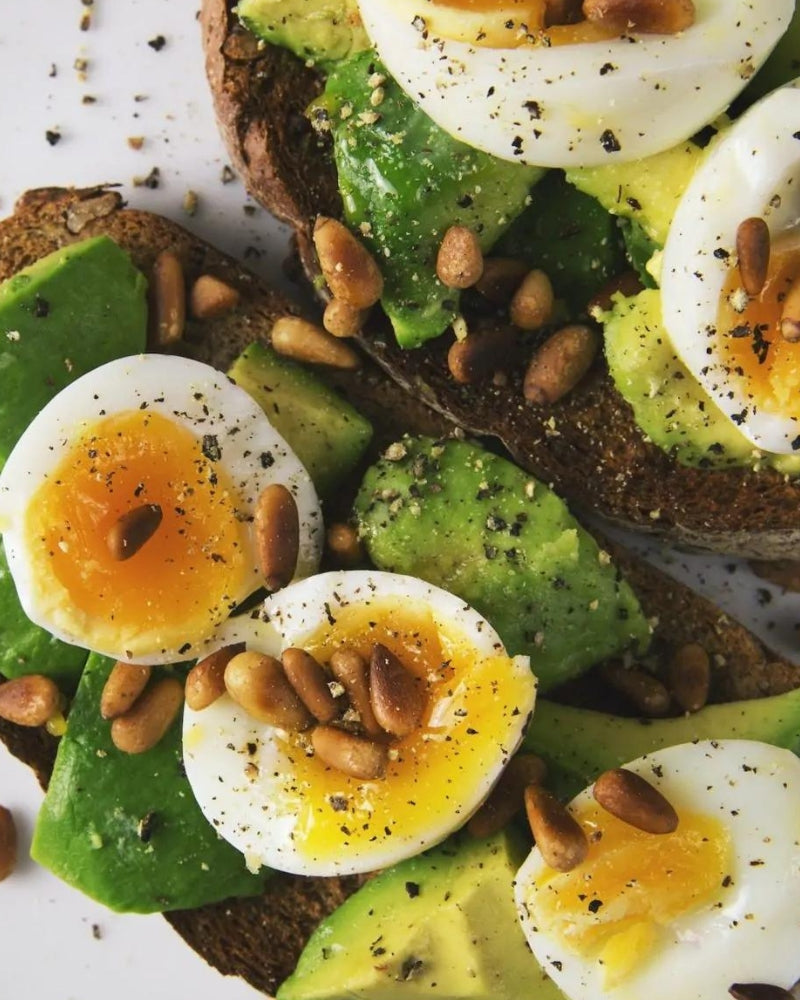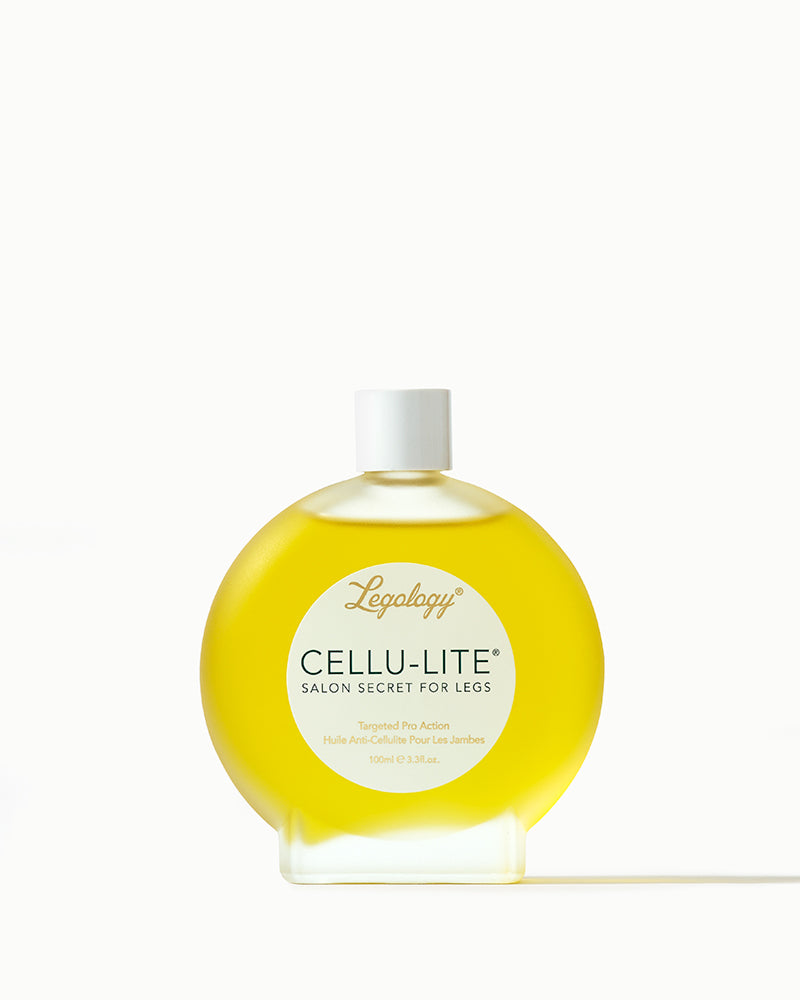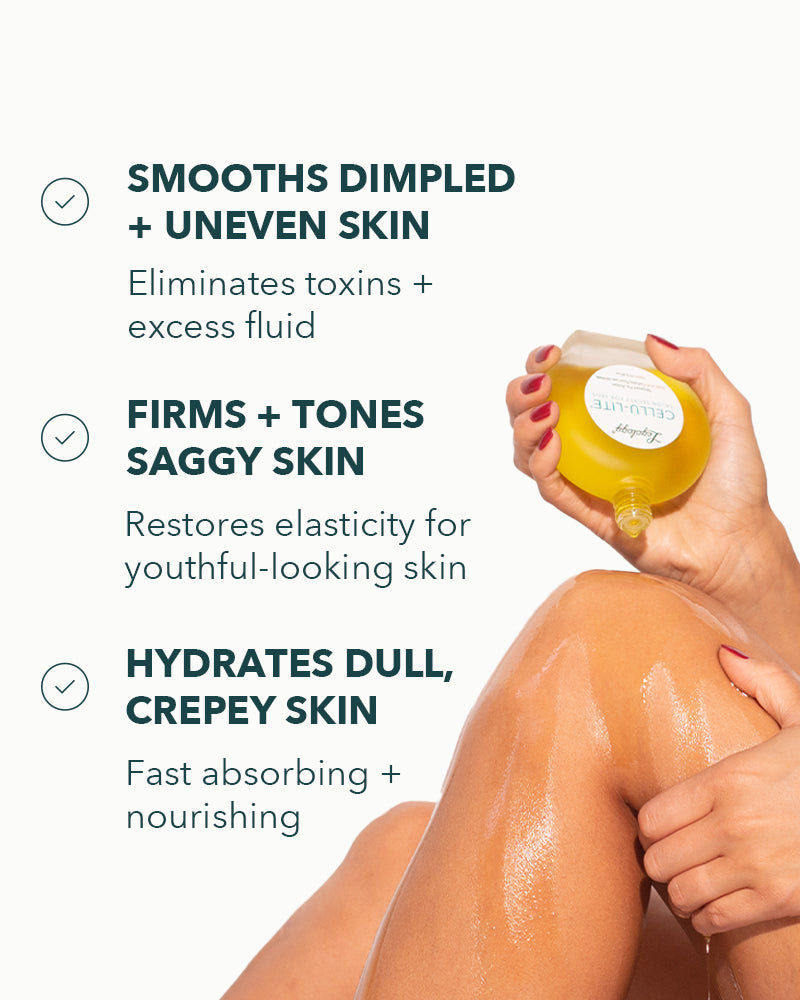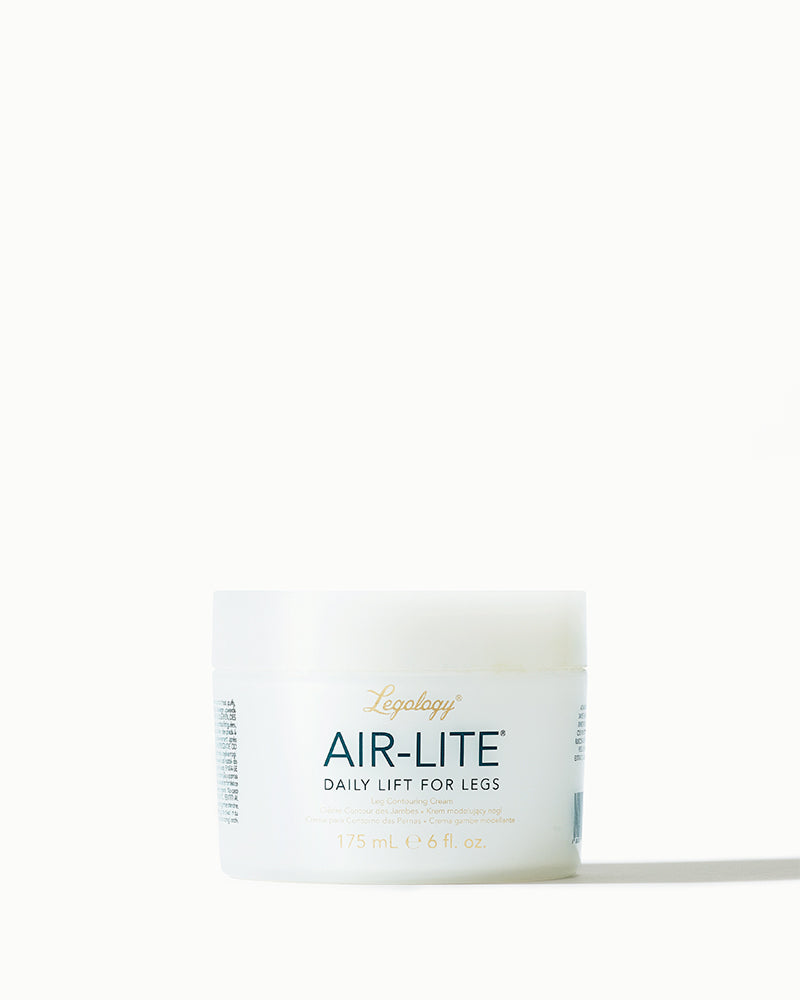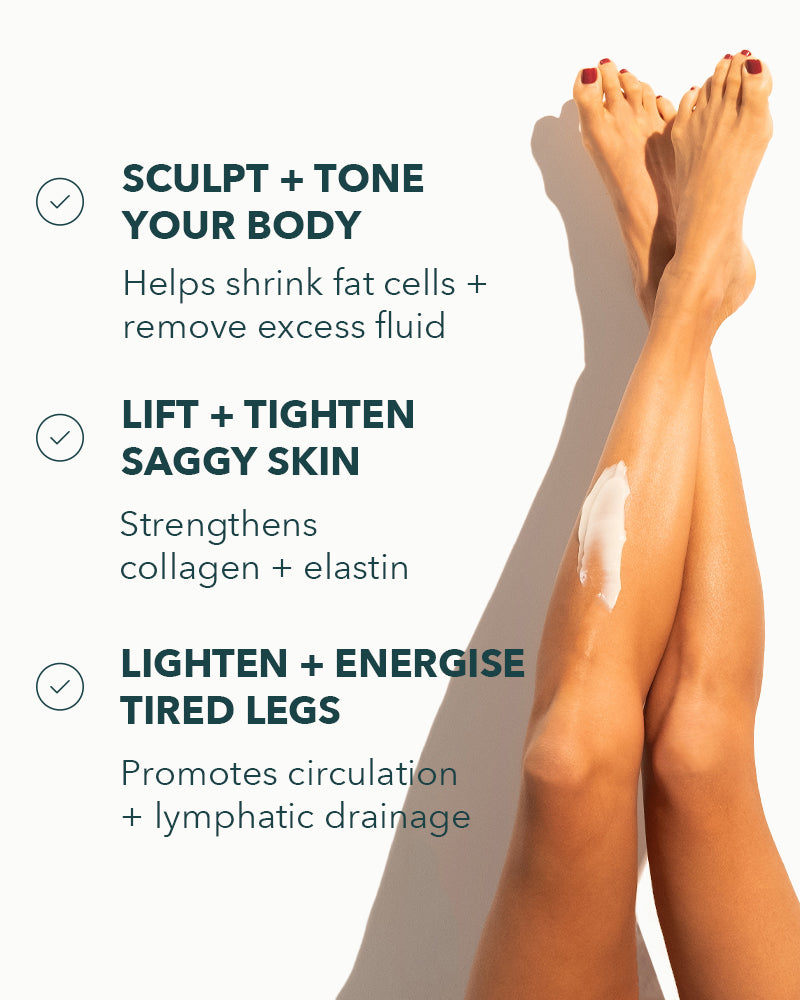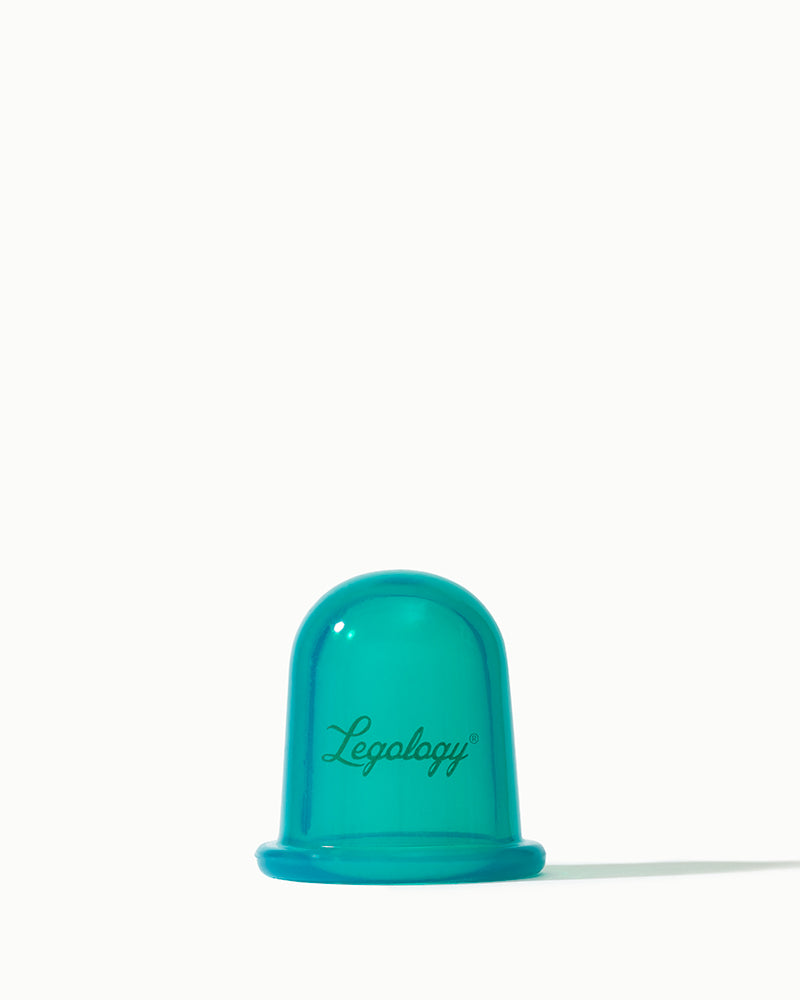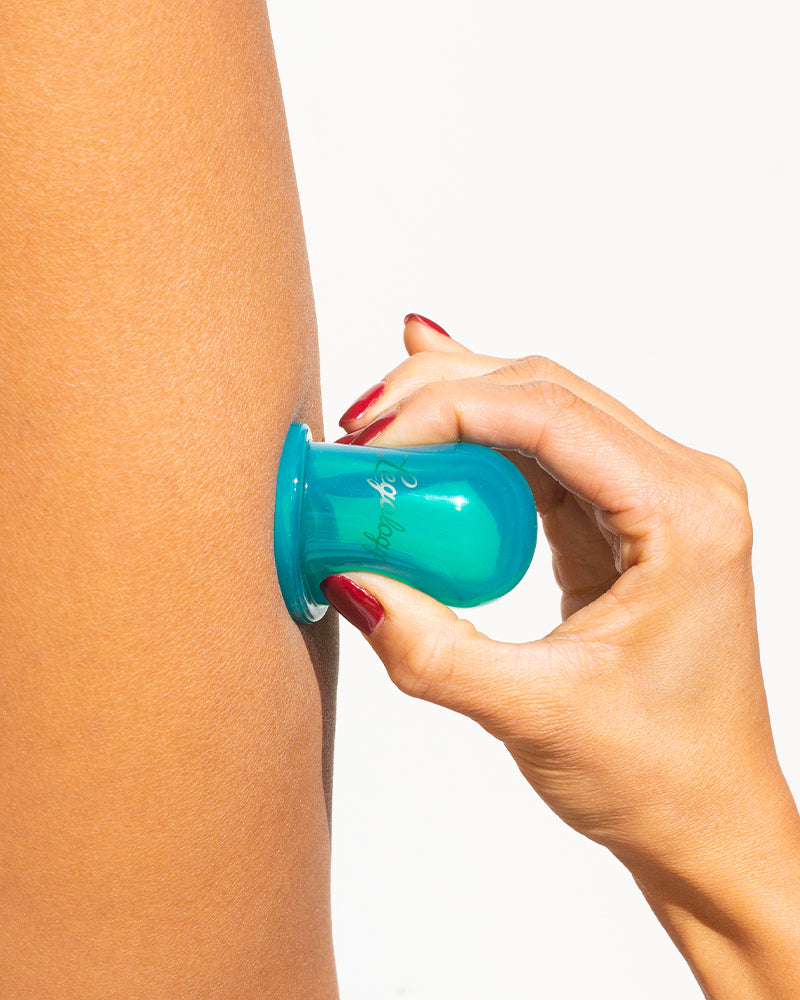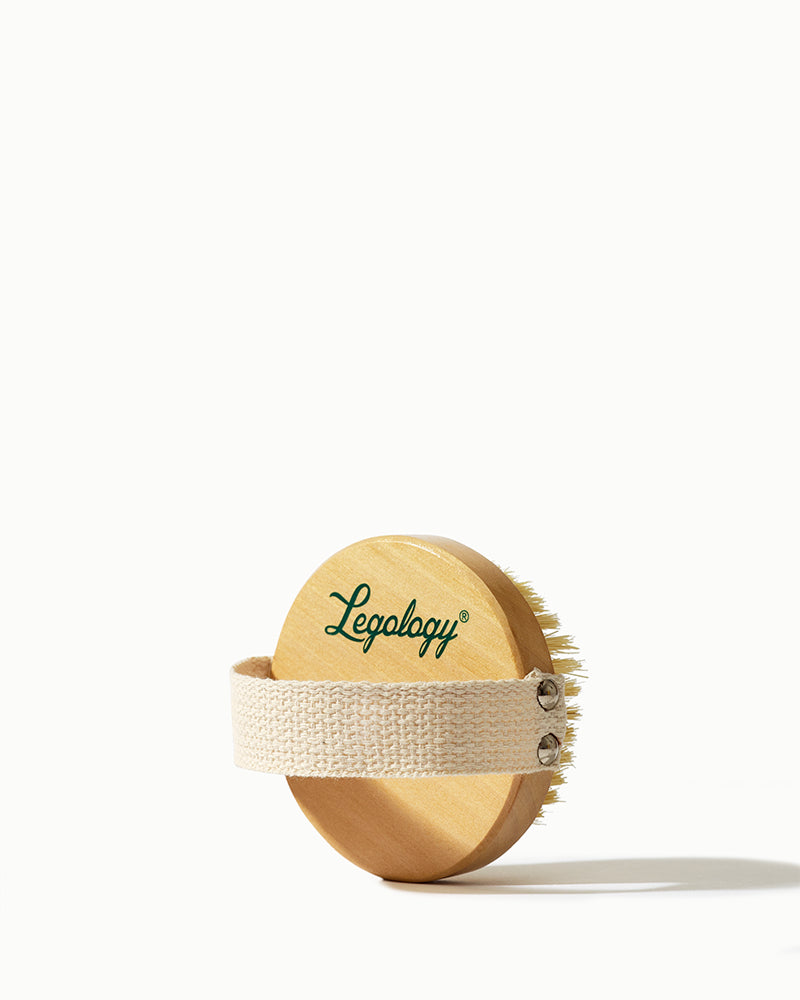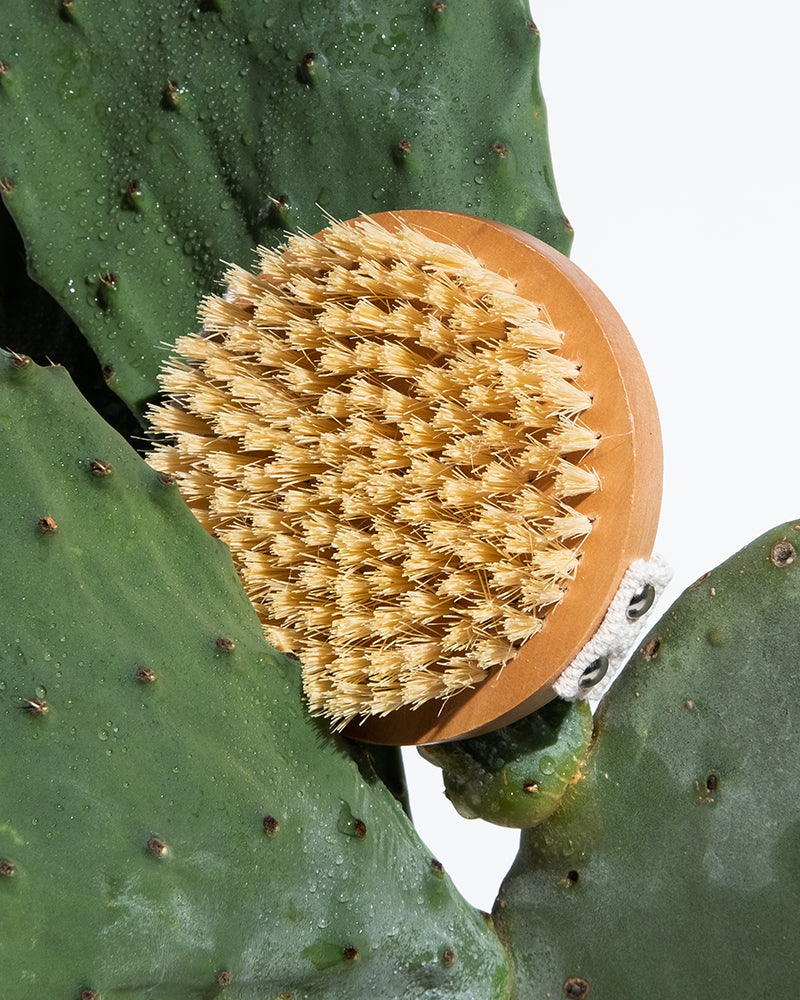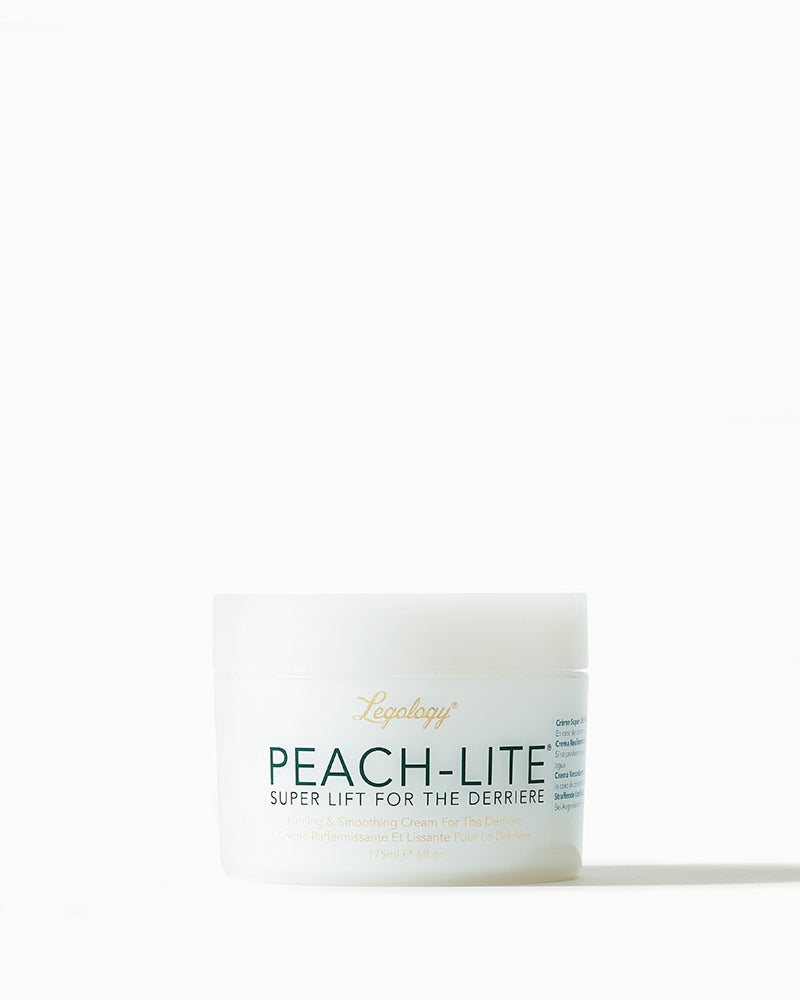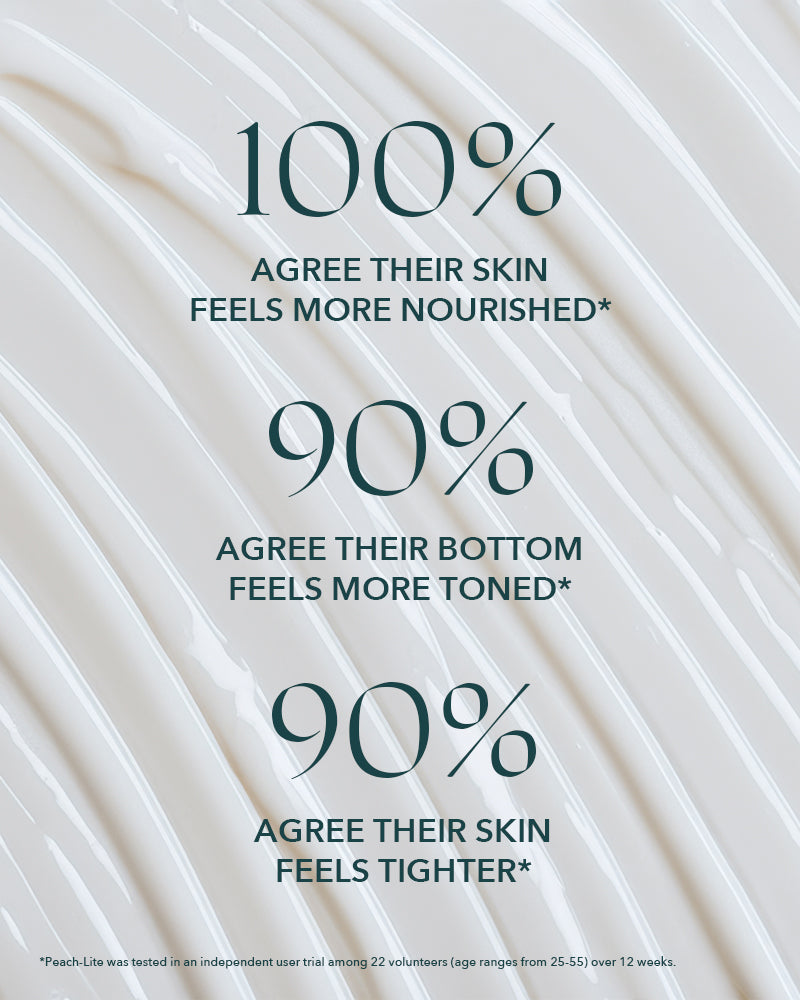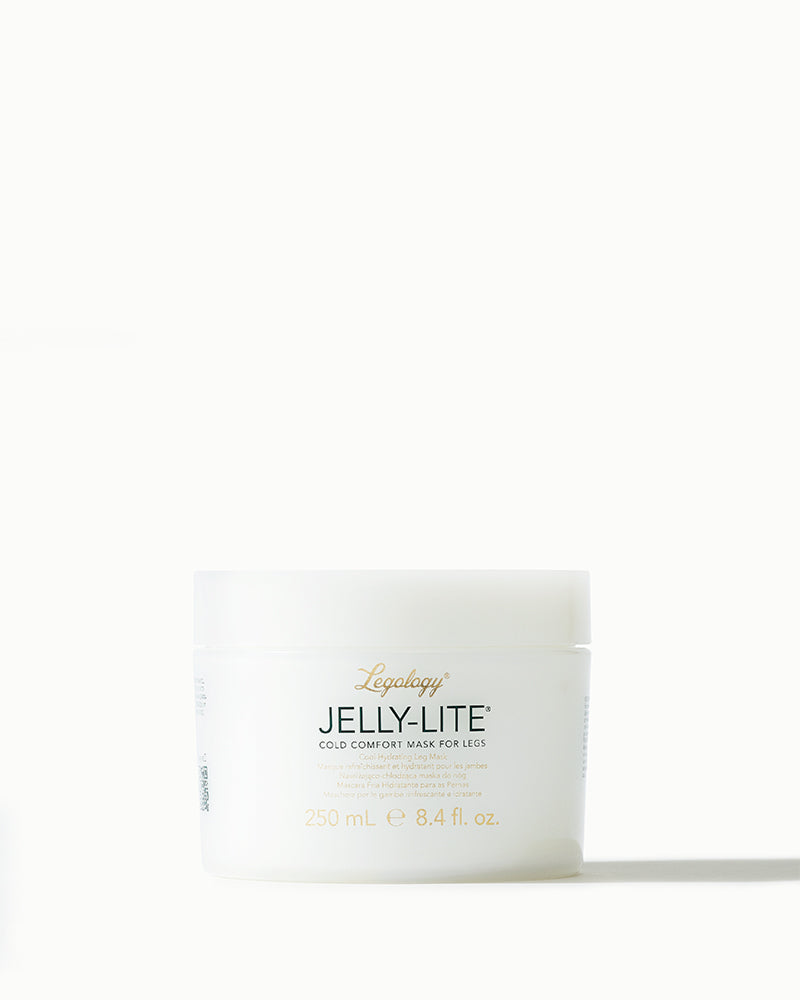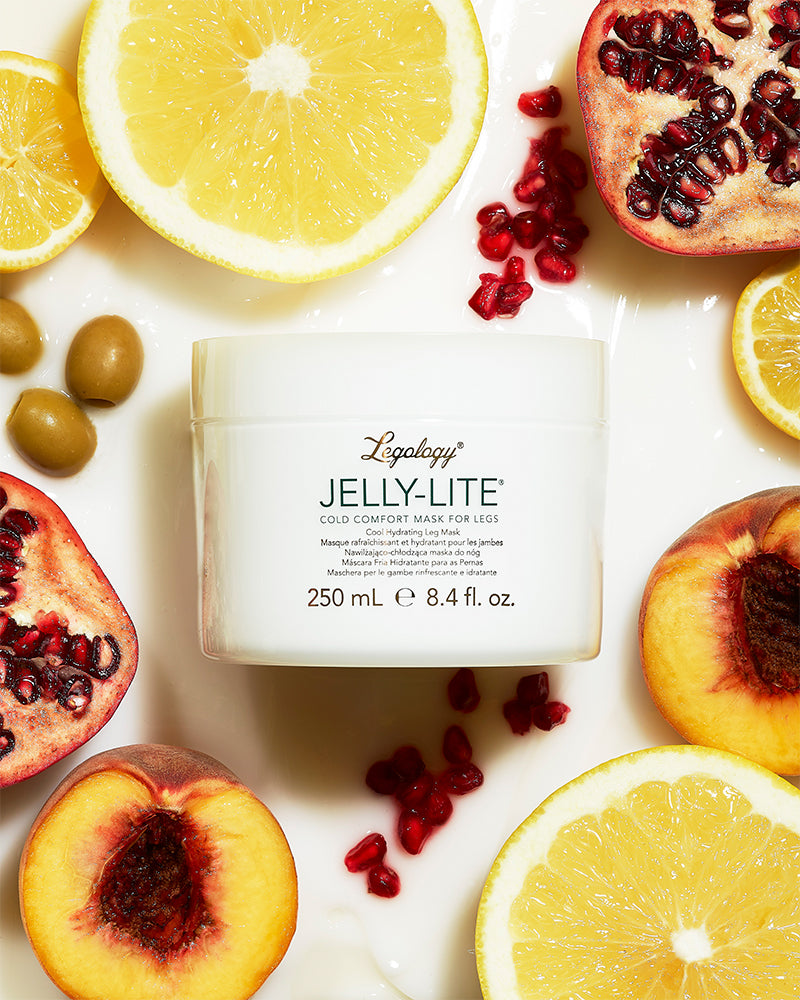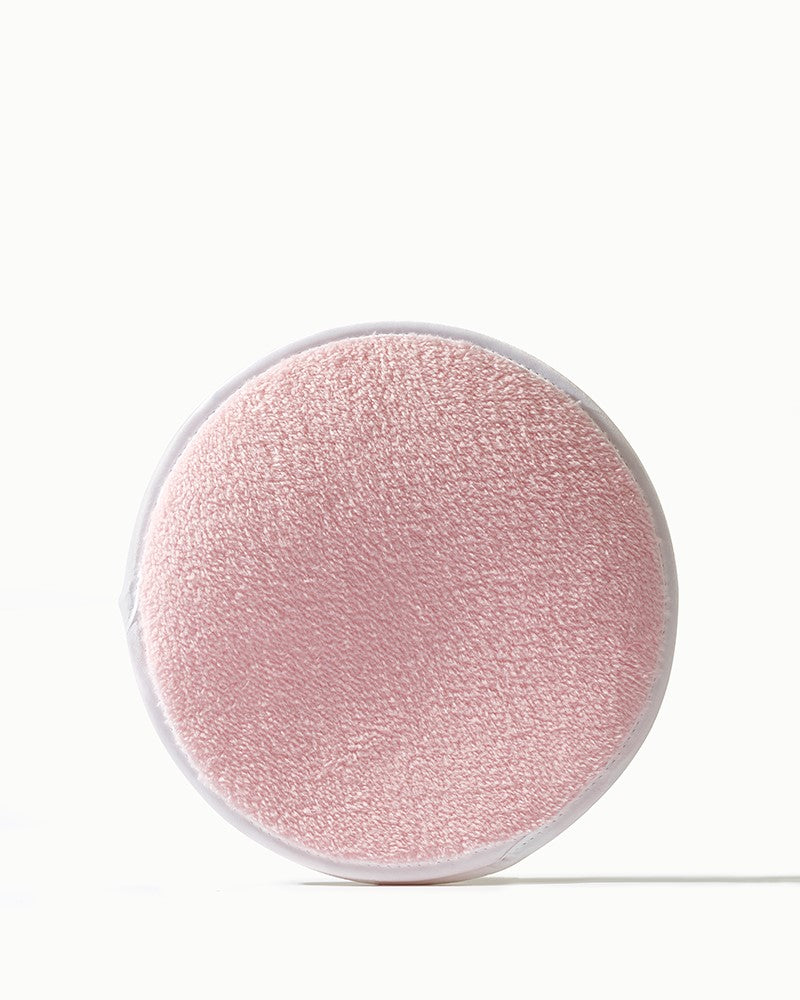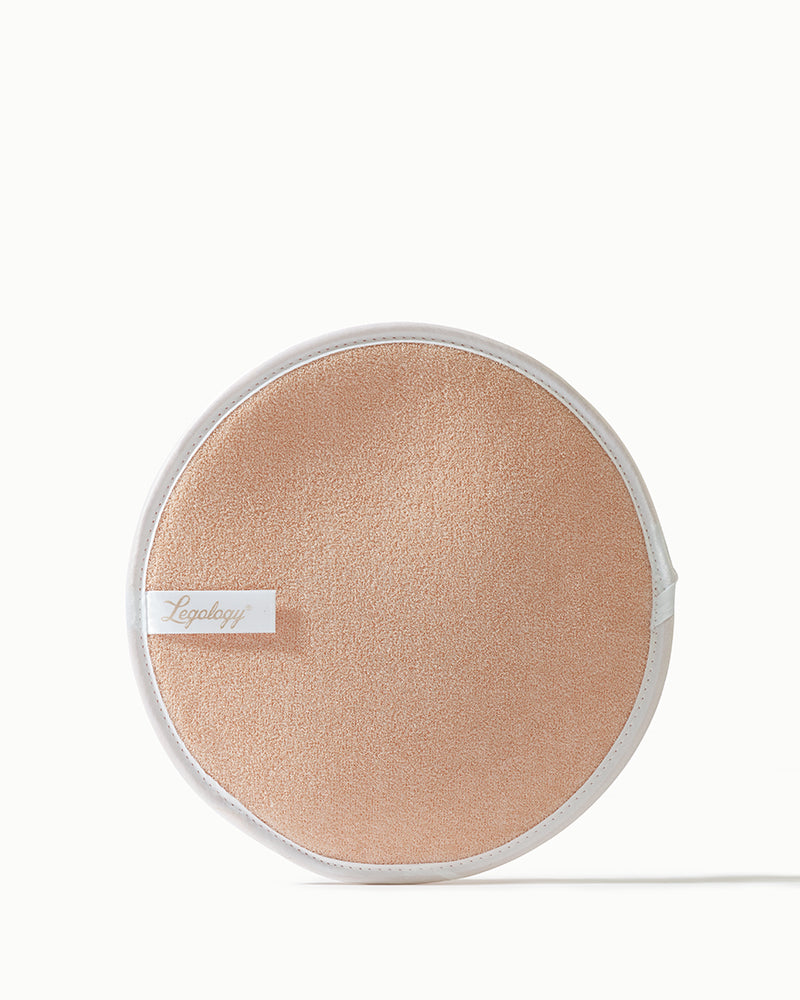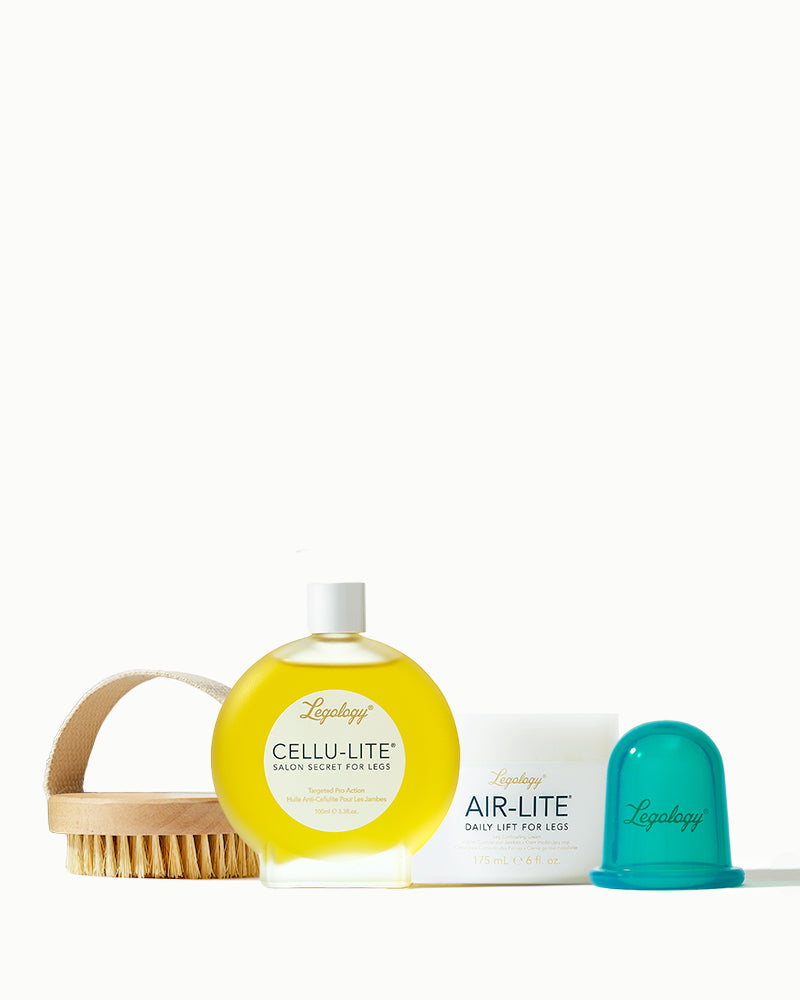How Are Your Joints?

Joint pain is one of the more common menopause symptoms and it can be one of the more debilitating as it reduces mobility and flexibility. Read on to understand more about what causes joint pain during menopause and how to treat and prevent achy joints through simple lifestyle tweaks.
While aches and pains and joint stiffness are all inevitable as we age, as women approach menopause, typically between the ages of 45 and 55, many are surprised to discover that joint pain is a common symptom, alongside hot flushes, night sweats, period changes and mood swings.
The average age for menopause is between 45 and 55, so it is little wonder why many women put their aches and pains down to ageing.
Joints which are involved in high impact movements such as the hips and knees tend to be most affected. But elbows, neck, shoulders, hands and fingers can also be affected by joint pain.
There are a number of causes of joint pain during menopause including:
- Hormonal changes
- Dehydration
- Stress
- Weight gain
- Diet
- Poor posture
- Increased sensitivity to pain
Water is also needed to help support the flexibility and elasticity of the ligaments and tendons. Ligaments connect one bone to another and are needed for joint stability, while tendons connect your muscles to the bones. When your ligaments and tendons lose their elasticity, your range and ease of movement can be reduced.
So without enough water, the flexibility and lubrication of the joint tissues can all be affected. When this protective and supportive nature is impaired, it can cause aches, pains and stiffness to develop.
Fluctuating oestrogen levels may also give rise to underlying, low-grade inflammation as a result of the effects it has on the functions of joints, which could also be a factor in menopause joint pain.
Dehydration
Not drinking enough water and excessive sweating during menopause can also contribute to dehydration at this time. If you find that you experience joint pain and stiffness more in the morning, then dehydration during the night could be a contributory factor, especially if you are also experiencing night sweats.
Dehydration can also make it difficult for your kidneys to get rid of excess uric acid, which can cause a build-up of tiny, sharp crystals in and around joints, making them inflamed and sore.
This is identified as gout, a type of arthritis which affects joints towards the ends of the limbs, such as your toes and fingers.
Stress
Stress, surprisingly, can have a negative effect on your joint health. If you are experiencing a lot of stress, your body will release high quantities of the hormone cortisol. This hormone works as an inflammatory agent when present long-term, and so high levels of stress during the menopause will only make your joint pain worse.
Stress can also cause our muscles to tense up; this tension causes our joints to work so much harder which can lead to further inflammation and discomfort. Try to take time to relax every day, even if only for ten minutes.
Weight gain
Excess weight puts additional pressure on weight-bearing joints such as the knees and hips. According to Arthritis.org, every pound of excess weight exerts about four pounds of extra pressure on the knees.
Unfortunately, weight gain is an all too common problem during menopause. Falling oestrogen levels can cause a problem with carbohydrate metabolism in some women, making it very easy to put on weight. Stress and lack of activity throughout the menopause can also cause weight gain.
Losing even just few pounds can help take the pressure off your joints, improving mobility and relieving pain.
Diet
Carbohydrates aren’t the only foods that can be a problem during menopause; there are many foods which can actually trigger joint pain.
Sugary foods, high-salt and processed food, as well as caffeine, fizzy drinks, and dairy can all trigger inflammation in the joints and aggravate joint pain.
There is also some debate about whether or not certain vegetables, known as the nightshade vegetables could exacerbate joint pain. Sometimes just cutting out or limiting these trigger foods can make a big difference.
Poor posture
Slouching puts extra pressure on your joints. It limits your range of motion and makes it so much harder for your muscles to take the load off your joints and, in time, it can cause misalignment of the spine which eventually leads to even more joint stress and pain.
When experiencing pain, you are also more inclined to hold yourself differently, repositioning your body to take pressure off the painful area, but this is likely to put added pressure on other areas.
Also, if your joints, ligaments and tendons are affected, this can alter your whole posture, pulling on your muscles and causing both joint and muscle aches at the same time.
Increased sensitivity to pain
Sleeping poorly is notorious during menopause and research has proved that sleep deprivation increases our sensitivity to pain: a study from the University of California found that sleep deprivation can change the circuitry in the brain in ways that amplify pain.
Low magnesium can also impact your pain perception, as well as causing sleeping problems. Poor levels of this essential nutrient are very common during menopause due to stress and digestive weakness.
Magnesium is also needed to keep your muscles relaxed, so low levels can cause them to tense up and become tight and stiff, which can impact the muscles that the control movement of the joints.
What does menopause joint pain feel like?
Feeling achy, stiff and creaky and sometimes experiencing a burning feeling around the joints are typical symptoms of menopausal joint pain. These may be worse in the morning, improving as the day continues. While pain can be localised to individual joints or a few joints, many women also describe a feeling of aching all over. Any of your joints can be affected, from little joints such as fingers and toes, right up to the major joints such as hips and knees.
This is a bit of an unusual and surprising one but women have also reported instances where old injuries from childhood or more recently have been known to ache again. For example, a previously broken wrist feeling tender again or whiplash from a mild car crash five years ago returning.
So if a specific area is feeling tender, it is worthwhile thinking back to previous injuries or any instances of mild trauma which might have occurred to that area.
While exercising is probably the last thing you want to do when your joints feel achy and sore, staying active is very important as it helps to increase the strength and flexibility of your joints, as well as in the muscles that surround the joints. But this doesn’t mean you have to spend hours in the gym!
Good options include:
- Non weight-bearing exercises (swimming, water aerobics and cycling)
- Low-impact weight-bearing exercises (walking, low-impact aerobics and dancing)
- Resistant, non-impact exercises (Pilates and yoga).
- Weight-bearing exercises are thought to help protect our bone mineral density as we age and can also help build muscle, which takes the pressure off your joints.
Try to focus on strengthening the muscles around the hip and knee joints as these are the joints that need to support your entire body weight.
Don’t forget to warm up before you exercise and be aware that high impact exercises such as jogging on hard roads can exacerbate joint pain, although this is often eased with rest or with the use of compression stockings. It’s best to limit exercises which involve lots of pounding on your joints such as running and jumping.
In contrast, low-impact non-weight bearing exercise can be gentler on the joints but still help to build strength and increase the range of movements. So incorporating flexibility and non-impact, stretch work into your exercise plans is also a good option.
Gentle stretching is great for maintaining mobility and movement. The cat-cow pose is a good example of a gentle pose which can help to improve the flexibility of the spine and stretch out tension, stiffness and discomfort in the back.

Eat foods that can help to ease joint pain
Your diet is really important when it comes to your joints because what you eat can impact how your joints feel. While some foods can trigger joint pain or make it worse, others can have a positive influence on your joint health.
Reducing inflammation is a key part of reducing joint pain and improving overall joint health.
Some of the most beneficial anti-inflammatory foods include:
-
- Omega-3-rich foods – these contain oils which have a positive effect on inflammation – examples include oily fish such as herring, mackerel, sardines, salmon and tuna. Walnuts, almonds, chia seeds and soybeans are also rich in omega-3 fatty acid. Antioxidant-rich foods – chemicals called anthocyanins are powerful antioxidants that help reduce inflammation. You can find them in brightly coloured fruit and vegetables such as cherries, raspberries, blueberries and broccoli.
- Other anti-inflammatory foods – many fruit and vegetables have properties which reduce inflammation so try and keep to a healthy diet with lots of fresh food such as pineapple, apples, avocados and mushrooms. Other foods which can help include virgin olive oil, coconut oil, dark chocolate and spices such as ginger.
Heat it up or cool it down?
Not sure whether to use heat or ice for your joint pain? Both are inexpensive and easy ways to ease pain but help in different ways.
Heat, such as heating pads or warm baths, tends to work best for stiffness. It can help improve the flexibility of tendons and ligaments which can ease stiff joints, as well as relax and soothe tired muscles.
Cold therapies such as ice packs can help to numb nerve endings, dulling pain and restricting blood vessels, slowing circulation and reducing swelling.
Alternative treatments such as massage or acupuncture help many women with their joint pain symptoms. They directly target the area of pain in order to ease the symptom.
Acupuncture can not only help relieve pain, but it can also be really good for balancing your hormones in the menopause.
A small study published in the online journal BMJ Open highlighted the benefits of this alternative therapy, suggesting that a brief course of acupuncture may help to ease troublesome menopause symptoms. The researchers concluded that acupuncture offers “a realistic” treatment option for women who can’t, or don’t want to use HRT.


